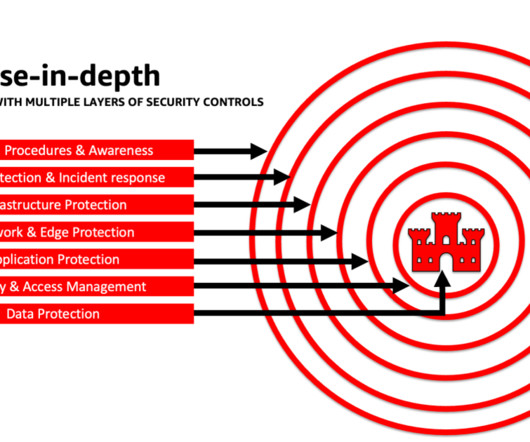Data Migration: Process, Types, and Golden Rules to Know
Altexsoft
NOVEMBER 23, 2020
In general terms, data migration is the transfer of the existing historical data to new storage, system, or file format. It involves a lot of preparation and post-migration activities including planning, creating backups, quality testing, and validation of results. What makes companies migrate their data assets.















Let's personalize your content